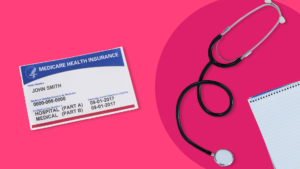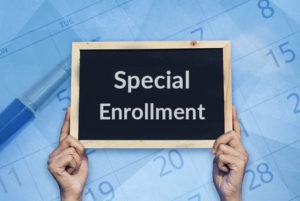Understanding Medicare Part D: Your Comprehensive Guide to Prescription Drug Coverage

If you’re eligible for Medicare, it’s important to understand your coverage options, including Medicare Part D. This prescription drug plan is designed to help seniors and other eligible individuals pay for their medications, and it’s available through private insurance companies that are regulated by the government.
In this guide, we’ll provide you with a detailed overview of Medicare Part D, including eligibility requirements, how the program works, and how to enroll in a plan that meets your needs.
Eligibility for Medicare Part D
To be eligible for Medicare Part D, you must be enrolled in Medicare Parts A and B. You also need to live in the service area of a plan that offers Medicare Part D coverage. Additionally you must not have other prescription drug coverage that is considered as good as or better than Medicare Part D coverage.
How Medicare Part D Works
Medicare Part D is a stand-alone prescription drug plan that is offered by private insurance companies. Once enrolled, you will pay a monthly premium for the coverage, and there may be a deductible, depending on the plan you choose.
Each plan has a formulary, which is a list of covered drugs. This list is subject to change, so it’s important to check it regularly to ensure that your medications are still covered. If your medication is not covered by the plan, you may be able to request an exception or switch to a different plan.
Medicare Part D also includes a coverage gap, commonly known as the “donut hole.” This occurs when you reach a certain limit in drug costs, and you become responsible for a larger percentage of the cost of your medications. However, there are programs in place to help you manage these costs, such as drug manufacturer discounts and Medicare’s Extra Help program.
Obtaining Medicare Part D Coverage
You can enroll in Medicare Part D during your initial enrollment period, which is the 7-month period that begins 3 months before the month you turn 65, includes the month you turn 65, and ends 3 months after the month you turn 65. You can also enroll during the annual open enrollment period, which runs from October 15 to December 7 each year.
If you prefer, you can also obtain Medicare Part D coverage through a Medicare Advantage plan with prescription drug coverage, known as a Medicare Advantage Prescription Drug (MAPD) plan. These plans are an alternative to Original Medicare and typically include Part A, Part B, and Part D coverage in one plan.
In conclusion, Medicare Part D is an essential component of Medicare coverage that can help you pay for your prescription medications. By understanding the eligibility requirements, how the program works, and how to enroll in a plan, you can make informed decisions about your healthcare coverage and ensure that you have the prescription drug coverage you need to maintain your health and well-being. Be sure to review your coverage each year and make changes as needed to ensure that you have the coverage you need at a cost that fits your budget. Reach out to the Medicare Advisors at Plan Medicare for help with your Part D plan.






